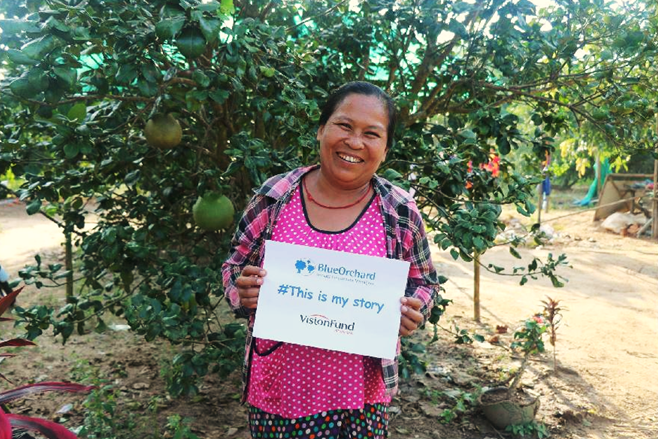
BlueOrchard Chief Executive, Patrick Scheurle, explains why investing in women is important, not just to overcome inequality but also to build stronger economies and better quality of life for society as a whole:
Despite considerable efforts over recent years, gender inequality is still a consistent feature of modern society. From lack of access to decent work and gender pay gaps to underrepresentation politically, considerable challenges continue to exist when it comes to achieving parity and meeting the UN’s sustainable development goal for gender equality. This is particularly true when it comes to the developing world, where women are still often excluded from the workforce and 56% of the 1.7 billion unbanked adults are female.
As former Secretary-General of the UN, Kofi Annan, said: “There is no tool for development more effective than the empowerment of women.” It is not just that striving for equality between genders is the right thing to do, although this is undoubtedly true. It has been proven that empowering women economically and socially leads to stronger economies and a better quality of life, not just for women, but for their families, communities, and ultimately for society as a whole.
There is also strong evidence to show that women can offer different benefits to men from an investment perspective. In particular, investment in female entrepreneurs tends to have a more significant social impact. This is partly because women are more likely to spend their money on the needs of their children and communities, on things like education, food and healthcare, rather than purchasing consumer goods. Investing in female-owned businesses can also reduce the financial risk associated with the investment. Women tend to be more risk averse and cautious with their financial decisions than men, which reduces the likelihood of them defaulting on credit.
These are just some of the numerous reasons why, here at BlueOrchard, we have focused on the empowerment of female entrepreneurs through our microfinance investments. Nearly 75% of the end beneficiaries in our flagship microfinance fund are female, and in 2016 we launched a dedicated Women Empowerment Fund, which aims to fight poverty and support female-owned businesses in South East Asia. Within this fund more than 90% of the end beneficiaries are women, with all of the microfinance institutions that we partner with having a majority of female clients.
Asia is a particularly interesting area to focus on – we are seeing an increasing proportion of female micro-entrepreneurs across the region, particularly in economies like Myanmar, Indonesia, Malaysia, Thailand and Vietnam. Closing the credit gap in just 15 countries in the ASEAN region by 2020 could result in a 12% increase in per capita income by 2030. More broadly, the Asia Pacific economy could stand to increase by USD 89 billion annually if women were able to achieve their full economic potential.

One example of the women that has been a beneficiary of our investment in Asia Pacific, is Daw Mya Mya Win in Myanmar. Daw Mya Mya owns a farming business located in Pa Tauk Tan Village. On top of running a business, she is also a mother of three children, all in full time primary education. In order to invest in her business, she had been pawning gold, which left her with high interest rates and short payback periods. In 2017, Daw Mya Mya applied for her first agriculture loan from a local microfinance institution. In addition to an initial loan of 500,000 Kyat (USD 400), the loan office provided her with a financial literacy course, which empowered her to make smarter decisions about her finances. Daw Mya Mya has since steadily grown her business with the help of some additional small loans. She has expanded her farming operation to include more seasonal crops, and as a result has been able to increase her family’s living standards to such an extent that she no longer has to worry about whether she can afford education or healthcare for her children.
This article was originally published in Letzebuerger Journal on 6 January 2020.